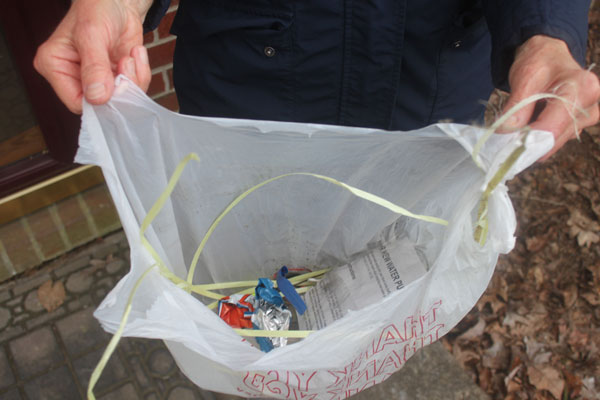
Earth Day was founded in 1970 and included environmental teach-ins that educated Americans about environmental and species conservation issues, and connected those issues to their health and well-being.
On April 22, 1970, 20 million Americans took to the streets, parks, and auditoriums to call for a healthy, sustainable environment in massive coast-to-coast rallies. Thousands of colleges and universities organized demonstrations and teach-ins against the deterioration of the environment.
Earth Day 1970 activated a bipartisan spirit that motivated the passing of the Clean Air, Clean Water, and Endangered Species Acts. 2020 is the 50th anniversary Earth Day
The theme for 2023, “Invest in Our Planet” is the same theme as 2022. What gives? We are behind on reducing greenhouse gases to keep global warming below 1.5C.
We need to be in a neutral position or a net zero emissions position by 2050, A net-zero emissions balance is achieved when the amount of greenhouse gas released into the atmosphere is balanced by what we take out. This can be done by carbon sequestration, i.e. by removing carbon from the atmosphere, or through offsetting measures, which typically involve supporting climate-oriented projects. We need to absorb more and emit less.
We need to bring the different groups together – governments, businesses, and citizens – in a concerted, organized effort to speed up the process of neutrality. We need to act (boldly), innovate (broadly), and implement (equitably). We need to act in defense of the planet.

It starts at home. One of the continuing themes of Earth Day is reducing plastics, our focus at St. Peter this year. On one day walking 20 minutes in our neighborhood, we bagged up these plastics shown in the picture.
The Earth Day site has a plastics calculator this year – https://www.earthday.org/plastic-pollution-calculator-2/
Use this calculator to learn about how many plastic items you consume and discard every year.
For May, consider all the types of plastics you use. For every material listed, you’ll see three boxes. In the first box, fill in your daily consumption of the specific item. The second box will auto-populate with your total consumption every year. The third row is your projected reduction of this type of plastics for the year.
Let’s document your actual reduction in May and then return it to Catherine at the end of May and see what difference we can make as a church.
